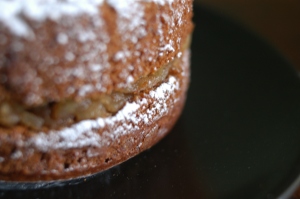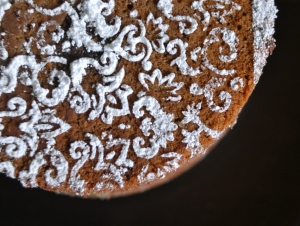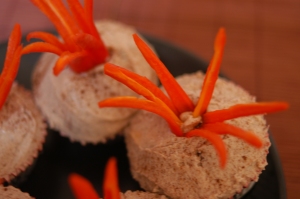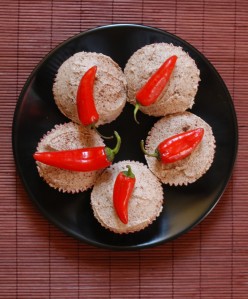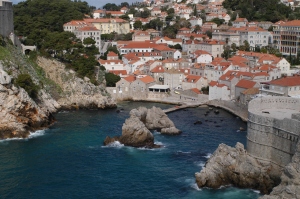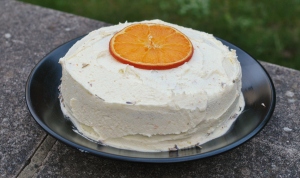
Happy Eurovision weekend! The Annual Eurovision Song contest is definately a love it-hate it event. We are definately in the ‘love it’ category – I have been excited about this for a while now. As the event is being held in Malmo, Sweden this year, this seemed like a perfect time to have a go at one of the more complex creations of this challenge, the Swedish Princess Cake or Prinsesstårta.
I have something to confess – as of this moment, my knowledge of Swedish cuisine is mostly gathered from IKEA. Disgusting I know. As a result, my target for this cake was to find a recipe for a cake, that couldn’t be bought in IKEA. The Princess Cake immediately caught my eye during the research period due initially to the decoration – green marzipan covering with pink roses – lovely! The next thought was ‘how do you cover a mound of whipped cream with marzipan without it sinking?’ True to form, I never forgo a challenge and the cake was chosen!

The Princess Cake or Prinsesstårta was originally created in the 1930’s by Jenny Âkerström, a teacher employed by Prince Carl of Sweden and Norway. Originally called Grön Tårta (Green Cake), it was renamed due to its popularity with the Duke’s daughters. A very delicate construction, it consists of three layers of light sponge, sandwiched with creme patisserie and fruit (as shown below), a layer of plain creme patisserie, and topped with a mound of whipped cream. Next the whole confection is covered in a layer of thin coloured marzipan and and decorated with pink marzipan roses.
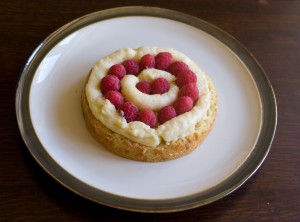
The recipe for this cake is based on one by Donal Skehan, taken from here.
Prinsesstårta (Princess Cake)
Ingredients:
For the sponge layers:
- 4 large free range eggs
- 170g caster sugar
- 120g plain flour
- butter for greasing the tin
For the Crème Patissière:
- 1 vanilla pod
- 450ml milk
- 120g caster sugar
- 6 large free range egg yolks
- 50g cornflour
- 50g unsalted butter, softened
For the filling and assembly:
- 125g fresh raspberries
- 750ml double cream, whipped to soft peaks
- 500g marzipan (use red or pink food colouring
- if you can’t find pink marzipan)
Instructions:
Preheat the oven to 190°C and grease and line a 20cm springform cake tin with parchment paper.
Beat together the eggs and the sugar until pale and fluffy. Sift the flour in to the bowl and fold gently into the egg mixture, until you are left with no lumps in the bowl. Pour the mixture into the cake tin.
Bake on the middle wrack of the oven for 15-20 minutes or until a skewer inserted into the centre comes out clean. Leave the cake to cool slightly in the tin and then turn it out on to a cooling rack. When completely cool, using a bread knife, divide the cake into three even layers.
For the crème patissière, split the vanilla pod in half and scrape out the seeds. Add this to a medium saucepan with the milk and place over a medium high heat. Bring to the boil and then turn off the heat. Scoop out the vanilla pod.
While the milk is coming to the boil, place the sugar, cornflour and egg yolks in a large mixing bowl and beat with a whisk until thick and pale. Pour the hot milk into the bowl, whisking quickly and continuously until it is smooth and incorporated. Pour the mixture back into the saucepan and place over a medium heat beating continuously until it has thickened.
Transfer the crème pâtissière to a cold bowl, create a flat surface with the back of a spatula and wipe the top with a little butter (this will prevent a skin forming). Cover directly with cling film and allow to cool completely.
Place one of the cake layers on a cake stand. Use one-third of the crème pâtissière to pipe three circles around the base of the bottom layer, starting from the outside, in. Place the raspberries inside the creme patisserie circles. Mix a spoonful of the cream with a little of the creme patisserie and pipe over the raspberries. Put on the next layer of cake and spread with half the remaining crème pâtissière over the top. Put the last layer of cake in place and spread the remaining crème pâtissière on top. Spread the cream over the top and sides of the cake, creating a smooth dome shape.
In a bowl, add a drop of food colouring to the marzipan and knead it until you have an even pink colour. Dust a clean surface with icing sugar and roll out the marzipan until it’s about 1mm in thickness. Cover the cake with the marzipan, trimming the excess around the edges. (You can use the excess marzipan to make the little rose on top.)
Dust the cake with icing sugar and place a little marzipan rose on top.

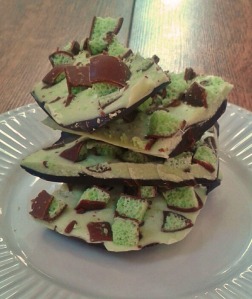
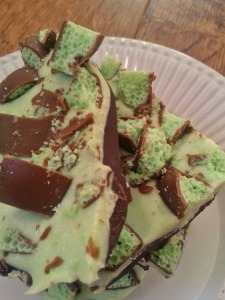

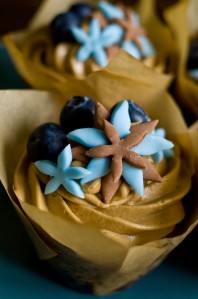
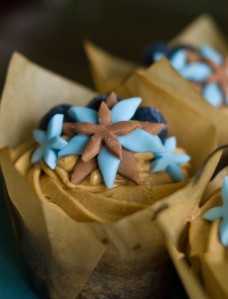
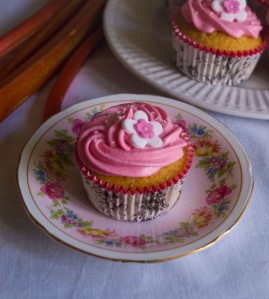
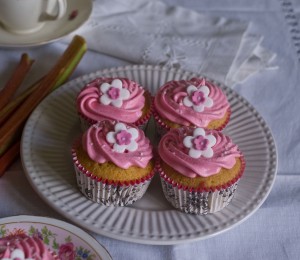

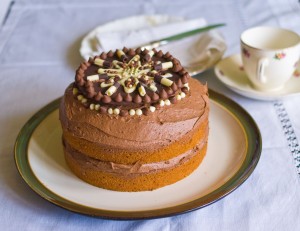

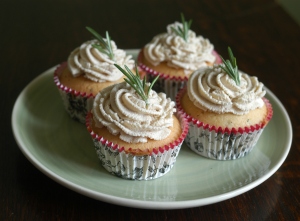
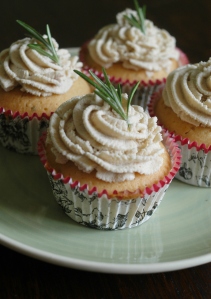


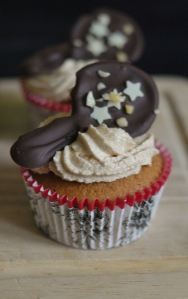
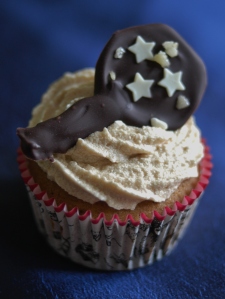
 Even on publishing this, I’m still unsure about the correct category to place this recipe in, namely Europe or Asia. Straddling the two continents, there seems to be disagreements about where best to place this country. I am going with Europe as (a) Max says so, and (b) apparently it is said to have the most in common with Europe.
Even on publishing this, I’m still unsure about the correct category to place this recipe in, namely Europe or Asia. Straddling the two continents, there seems to be disagreements about where best to place this country. I am going with Europe as (a) Max says so, and (b) apparently it is said to have the most in common with Europe.